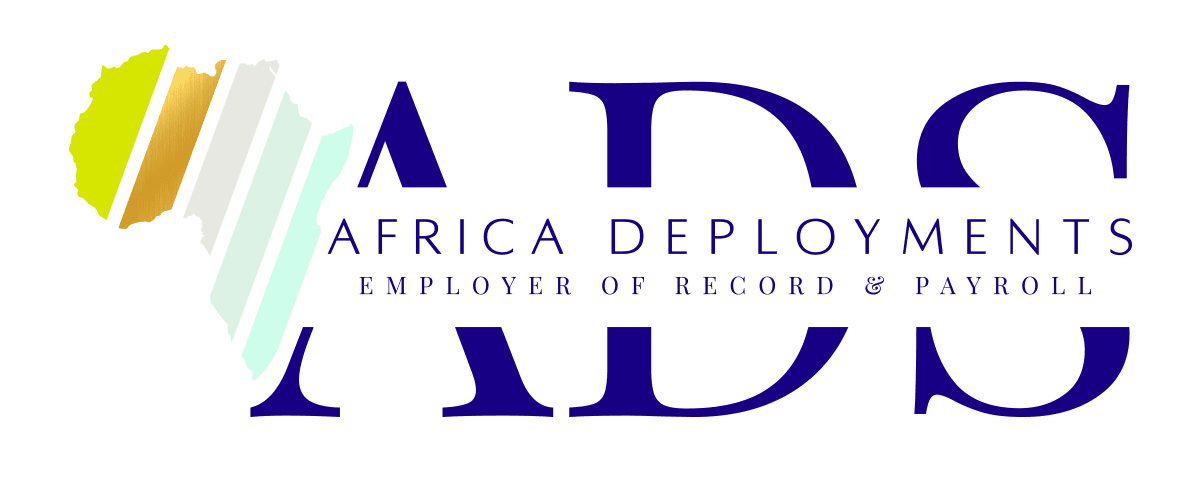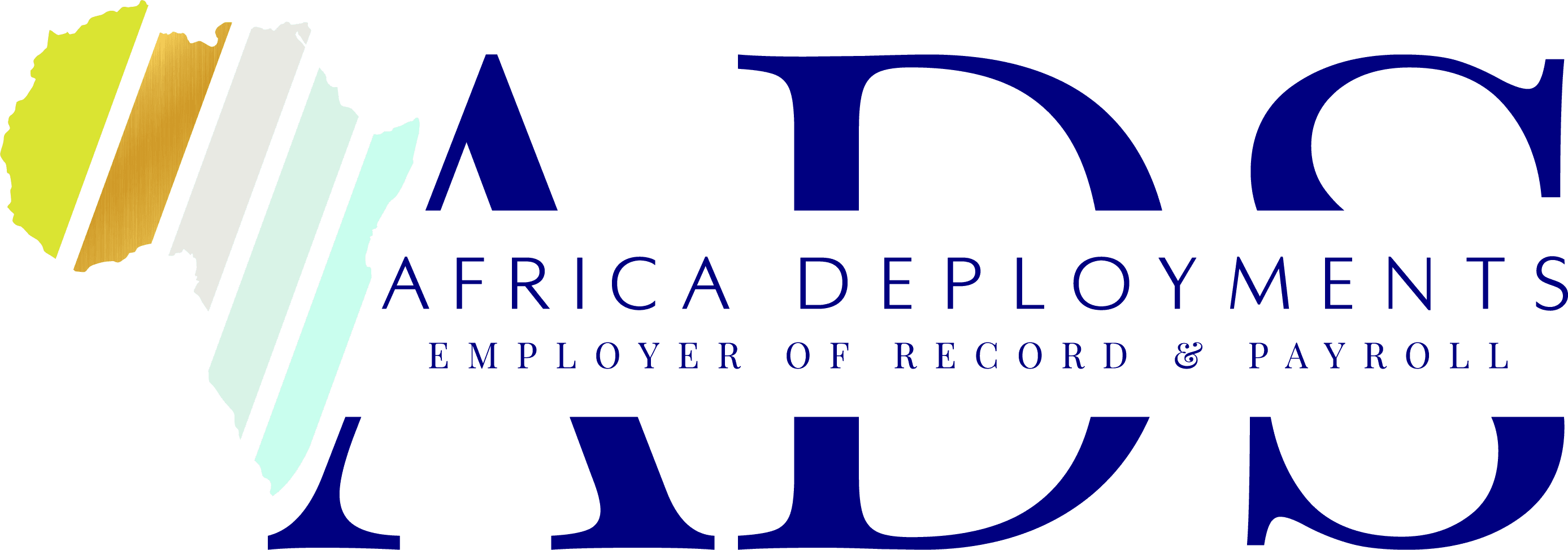
Ethiopia: Prospects for a Health Sector Transformation?
The mission
The client was a multinational pharmaceuticals manufacturer, specialising in the production of drugs that treat rare diseases. Special emphasis was on the fields of oncology (cancer) and nephrology (kidney disease.) My mission was to visit the second most populous country in Ethiopia (about 105 million), to gauge the state of specialised healthcare there. A small side objective was to invite the country’s top oncologists and nephrologists to attend a conference being organised by the company in Cape Town. “Also check the nephrology wards and let us know how many dialysis machines are working. There’s bound to be a big difference between what the websites say and what really exists on the ground.”

The state of healthcare in Ethiopia…
The Ethiopian population is afflicted with communicable infectious diseases as well as non-communicable diseases and nutritional deficiencies. Although the country has reduced maternal and child mortality considerably since the beginning of the century, the child mortality rate of around 68 per 1,000 is still considered too high. Given this scenario, life expectancy is still surprisingly acceptable at 70 for females and 66 for males.
The country’s public healthcare treatment system is somewhat elaborate with an array of some 90 government hospitals, about 3,900 centres and approximately 17,500 small posts. Private facilities are growing with the number of hospitals run by private investors and non-governmental organisations standing at over 50. There are numerous formal and ‘semi-formal’ private clinics. There is an over-concentration of facilities in the capital of Addis Ababa which means that the large rural areas remain under-serviced. (The country has a federal constitution with governance undertaken by nine regional semi-autonomous states. The cities of Addis Ababa and Dire Dawa have additional autonomy as they are run by administrative councils reporting directly to the central federal government and not state administrations.)
Problems include logistics management and a shortage of hard currency to purchase pharmaceuticals, equipment and other requirements. There are also complaints by suppliers that approvals and registrations of new products by the Ethiopian Food and Drug Administration falling under the Ministry of Health are too slow, (albeit that there are also reports that the agency has improved its procedures.) There is a major shortage of doctors and specialists with one estimate of the numbers given at 1 600. It is reported that only some 30% to 35% of Ethiopians have access to health insurance.

A strong contrast between public and private facilities…
The contrast in quality levels between public and private health facilities in many developed as well developing economies is well-known. I was made especially aware of this contrast when in 2010, I visited the nephrology and oncology units of the immense government hospital in Addis Ababa, the Black Lion, followed by a visit to the same units of one of the country’s largest private hospitals, the Saint Gabriel General.
The nephrologist at the Black Lion confirmed that the hospital had three dialysis machines but that only one was “partly functional.” He explained that while the hospital only deals with acute renal cases, some medication is provided to patients. The nephrology head at Saint Gabriel informed me that his hospital had four functional dialysis machines and that 15-20 patients were being treated on a monthly basis with “occasional’ renal cases also being dealt with. The private Sante Medical Centre had three operational machines with two more to be acquired soon. It was treating a steady flow of renal patients.
The corridor leading to the oncology unit at the Black Lion was so crowded that it took me a few minutes to reach the specialist’s rooms. He explained that he had a particularly high patient load and that the shortage of oncologists in the country was a serious challenge.
State hospitals are dependent for their supplies on accredited distributors operating on government tenders and supplying from distribution centres. The private Bethel Teaching Hospital was soon to be awarded an import license for its own requirements and Saint Gabriel had its own in-house pharmacy that stocked much of its needs.
The Black Lion receives large number of patients from rural areas outside of Addis Ababa. Its entrance was crowded with trucks arriving from afar. Many were open-bed and the sickly were lying loaded and exposed on the back of the vehicles.
Saint Gabriel enjoyed the benefits of a contract with Ethiopian Airlines for treatment of its large number of the airlines personnel.

Specialists who are weak in number but strong in experience…
It is estimated that Ethiopia needs at least another 6,000 doctors to meet the population’s healthcare needs. Nearly all of the oncologists, nephrologists, surgeons and pharmacists that I met had trained in South Africa or had often visited that country. They spoke fondly of their time there and especially Cape Town which one described as “the best city in Africa.”
There are few oncologists, nephrologists and other specialists in Ethiopia. At the time of my visit, there were only five clinical oncologists and seven nephrologists. Those I met, had many years of experience and not only knew their colleagues practising in Ethiopia, but also many of the specialists working in neighbouring countries. It was certainly a tight circle with much collaboration. They predicted an increasing need for more specialists. One nephrologist remarked that the number of renal patients was increasing rapidly, and that there was much debate around the cause for this. Was this due to an improved standard of living and a changed diet or was it simply because the levels of awareness of the disease had increased?
But considerable recent improvement in healthcare provision…
Such a challenging scenario and yet during my mission, I discovered admirable resilience and innovation that to an appreciable extent, alleviates the health-related plight of the population.
The National Health Sector Strategic Plan prioritises expansion of the primary healthcare system through decentralisation but importantly, also cooperation with the private sector and non-governmental organisations. There is now considerable interest in public-private-partnerships as a way to meet the country’s health needs. The USAID-funded Private Health Sector Program funded a number of PPP initiatives such as diagnosis centres. More private hospitals and centres are emerging. The Roha Medical Campus has been built in the heart of Addis Ababa and in 2022, the Ethio-American Doctors Group concluded a contract with a Chinese construction group for a new state-of-the-art hospital in the capital. The presence of so many personnel of the African Union and other multi-national entities in Addis Ababa, guarantees some flow of paying patients to these private entities.
The public procurement agency, the Ethiopians Pharmaceuticals Supply Service has initiated a number of IT platforms for the management of logistics supply and inventory. Private suppliers have considerable experience in ensuring supply levels.
Despite much poverty, Ethiopians are amazingly adept at self-funding for their medical care. (As one doctor put it: “They somehow find the money when they need it.”) The Edir system (something similar to Stokvels in South Africa), involves informal social associations pooling funds for urgent care for their members. Studies by the Ministry of Health World Health Organisation and other agencies show out-of-pocket funding for health services to be as high as 35%.
Ethiopia is a country that presents some contradictions to its poverty image. The relatively recent opening up of the country’s communications sector augurs well for the future. The historic success of Ethiopian Airlines is well recognised. The health sector could also spring a few surprises.






